Quabbin region studied for MWRA expansion
|
Published: 04-18-2024 9:58 AM
Modified: 04-18-2024 3:39 PM |
As House Democrats eye the expansion of its public drinking water service area, the Massachusetts Water Resources Authority (MWRA) is considering whether the communities where that water comes from should finally get to reap the benefits of the system.
The MWRA board is undertaking a preliminary study to direct water from the Quabbin Reservoir, which provides Boston and other eastern Massachusetts communities with drinking water, to the western Massachusetts towns that surround and protect the reservoir.
The agency currently provides wholesale water and sewer services to 3.1 million people and more than 5,500 businesses in 61 communities in eastern and central Massachusetts, though the system’s primary source, the Quabbin Reservoir, lies in the western part of the state.
“The Quabbin Reservoir provides life for eastern Massachusetts and allows the eastern part of the state to grow and expand — and yet for far too long, far too long, the recompense for towns that steward this water has been a pittance relative to the value,” Sen. Jo Comerford of Northampton said last year.
Comerford and state Rep. Aaron Saunders of Belchertown filed a bill (S 447 / H 897) that would impose a 5 cent per 1,000 gallon excise on Quabbin water. The lawmakers estimate the tax would produce $3.5 million, which would be directed to Quabbin watershed communities and local nonprofits with a focus on these towns’ health, welfare, safety and transit.
That bill also would mandate that the MWRA explore opportunities to expand into new communities in the Quabbin watershed, as well as towns in the Westfield River, Chicopee River, Connecticut River and Millers River Valley basins. The bill is currently in a gray area as the Senate waits for the House to agree on whether to extend its reporting deadline until June.
The study the MWRA is considering would expand the water service to Ludlow, Belchertown, Ware, Hardwick, Barre, Petersham, Phillipston, New Salem, Orange, Wendell, Shutesbury and Pelham.
Some lawmakers, however, say the preliminary study is not ambitious enough.
Article continues after...
Yesterday's Most Read Articles
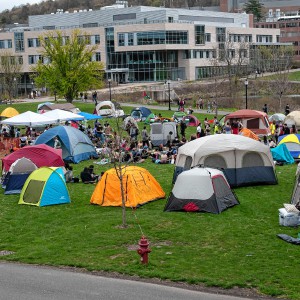 Pro-Palestinian protesters set up encampment at UMass flagship, joining growing national movement
Pro-Palestinian protesters set up encampment at UMass flagship, joining growing national movement
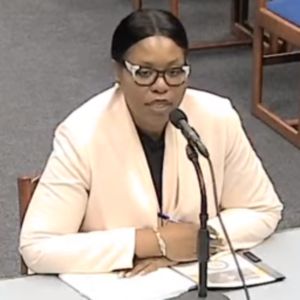 Island superintendent picked to lead Amherst-Pelham region schools
Island superintendent picked to lead Amherst-Pelham region schools
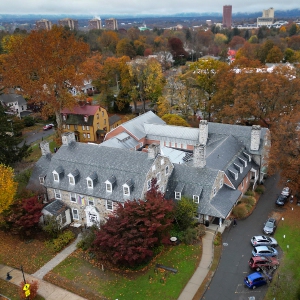 Sole over-budget bid could doom Jones Library expansion project
Sole over-budget bid could doom Jones Library expansion project
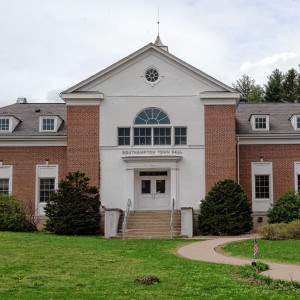 State fines Southampton’s ex-water chief for accepting lodging and meals at ski resort, golf outing from vendor
State fines Southampton’s ex-water chief for accepting lodging and meals at ski resort, golf outing from vendor
 Authorities ID victim in Greenfield slaying
Authorities ID victim in Greenfield slaying
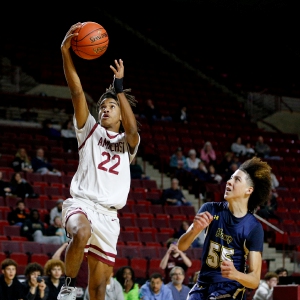 2024 Gazette Boys Basketball Player of the Year: Marcielo Aquino, Amherst
2024 Gazette Boys Basketball Player of the Year: Marcielo Aquino, Amherst
Board members said they had met with some western Massachusetts lawmakers who think the MWRA should explore a broader scope, including some of the larger communities in western Massachusetts.
“I think the staff is viewing this as kind of the first good step,” said Colleen Rizzi, director of environmental and regulatory affairs at the MWRA. “And that’s to look at the communities right in and around the Quabbin itself, see what’s viable, what’s feasible before extending that to a larger geography.”
The expansion study, set to be completed by the end of 2024, will add to a growing pile of ways the MWRA has looked to expand its service.
Since October 2022, the agency has had three feasibility studies completed, looking at the potential to expand the MWRA system in the Metro West area (Acton, Ayer, Bedford, Chelmsford, Concord, Groton, Holliston, Hopkinton, Hudson, Lincoln, Littleton, Maynard, Natick, Sherborn, Stow, Sudbury, Wayland, Wellesley, Westborough, Westford and Weston), the Ipswich River Basin (Beverly, Danvers, Hamilton, Ipswich, Middleton, Lynn, the Lynnfield Center Water District, Peabody, Salem, Topsfield, Wenham and Wilmington) and to the South Shore (Abington, Avon, Brockton, Cohasset, Hanover, Hingham, Norwell, Scituate, Rockland, Weymouth and the Union Point development).
Meanwhile, House Speaker Ron Mariano recently called for the expansion of the agency’s service area, specifically to include the Union Point development at the former South Weymouth Naval Air Station. Mariano said the House would include a service expansion in their version of a large housing bond bill that representatives plan to take up soon.
“Another critical step in the effort to increase housing production is ensuring that the commonwealth is equipped with the infrastructure needed to support a significant increase in development. That’s why the House’s bill will unlock the full potential of the MWRA by expanding its area of service to provide clean water to future housing developments,” the speaker said in March.
Asked for details by a reporter about the water supply expansion, Mariano named some South Shore towns.
“Depending on how far we want to go, and how far the MWRA is willing to go ... it’s going to go from Quincy through Weymouth, I want it to go at least — it’s got to go to Brockton. So we’ll figure out roughly based on that mileage,” Mariano said.
He added that he’s not only considering a South Shore expansion.
Stephen Estes-Smargiassi, director of planning and sustainability at the MWRA, said at Wednesday’s meeting that with increased rainfall and significantly lower water consumption over the past decade, the Quabbin is actually overflowing this year. Lower water consumption could be caused by more energy-efficient appliances like toilets and dishwashers, as well as an increased public effort to use less water, he said.
Despite adding new customers to the system, water demand in 2023 was the lowest since 1950.
“The MWRA has told me that they were looking at a northern expansion too. For the first time, it’s been so successful that the excess water is being wasted,” Mariano told reporters in March. “So why are we doing that? Let’s take advantage of it and use it.”

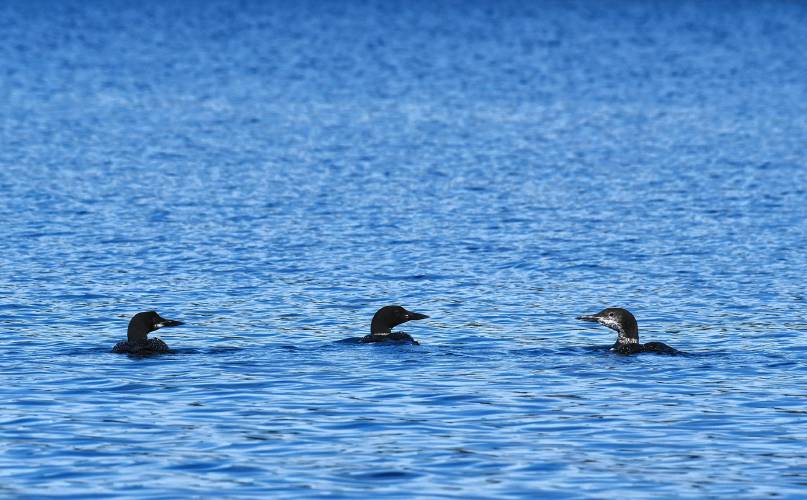
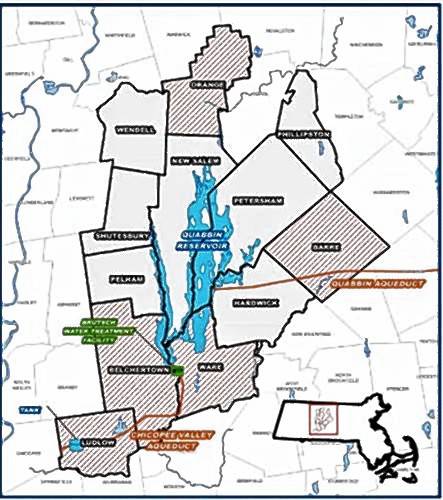
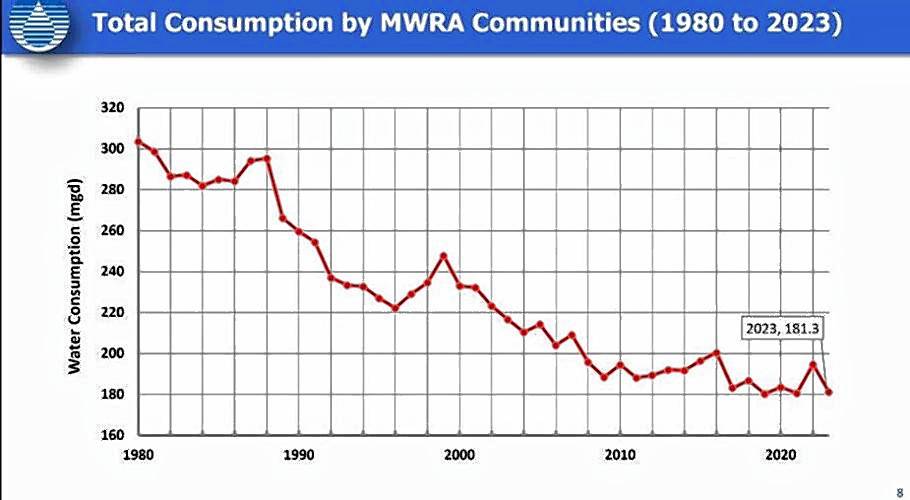
 Area property deed transfers, May 2
Area property deed transfers, May 2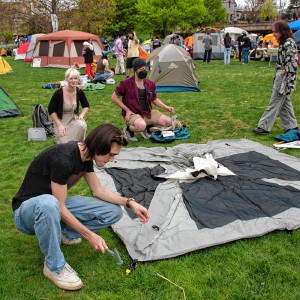 Pro-Palestinian encampment disperses at UMass, but protests continue
Pro-Palestinian encampment disperses at UMass, but protests continue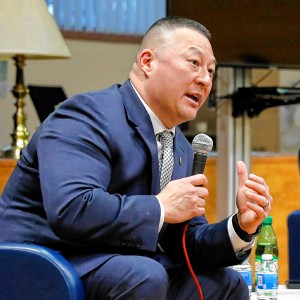 Amherst council confirms Gabriel Ting as police chief
Amherst council confirms Gabriel Ting as police chief Music key to Northampton’s downtown revival: State’s top economic development leader tours city
Music key to Northampton’s downtown revival: State’s top economic development leader tours city 
